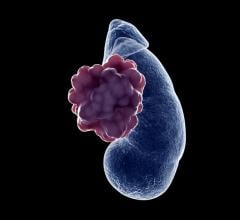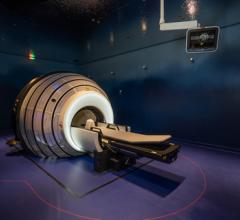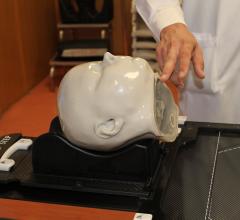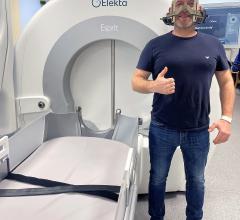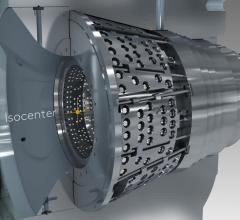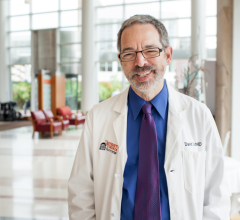
IRay System
January 11, 2010 - The first ever masked and sham-controlled study designed to demonstrate the efficacy and safety of investigational stereotactic radiosurgical device for the treatment of wet age-related macular degeneration (AMD) is now underway at seven European sites.
The device delivers radiation dose using the IRay system, a proprietary non-invasive low energy stereotactic X-ray platform that has been in development since early 2007, developed by Oraya Therapeutics, Inc.
The IRay system is an investigational stereotactic radiosurgical device designed specifically to treat diseases of the eye. The single organ focus of Oraya's technology enables precise delivery of low-energy X-rays to treat wet AMD. Designed to maximize patient comfort and precision, the IRay system utilizes a vacuum-coupled contact lens interface, the I-Guide, which holds the eye to maintain stability during treatment, while detecting eye motion. A gating system, which automatically shuts down the device in case of misalignment due to patient movement, is also featured. Because the radiation delivered is low-voltage, comparable to a chest or dental X-ray, the IRay is suitable for use in a typical ophthalmology office setting. The entire patient treatment process requires only a topical anesthetic, and lasts 15 to 20 minutes.
The study, and will include a minimum of 150 patients, with approximately one third of those receiving a sham exposure and the remainder receiving radiation dosing of either 16 or 24 Gray (GY).
All patients will have standard of care anti-VEGF drug therapy, and the trial is designed and powered to measure the effect of the radiation adjunct on vision outcomes and on the frequency of anti-VEGF injections. Trial endpoints will be evaluated one year post radiation treatment. Over 60 patients have already been treated in a Phase 1 study of the device, and results from that study led to the design and initiation of this newly announced trial.
Clinical advisor to Oraya and associate professor of ophthalmology at Stanford University, Darius Moshfeghi, M.D., says data from the Phase 1 study showed an excellent safety profile.
Combination therapies as adjuncts to anti-VEGF therapy are showing great promise to improve the overall treatment options and outcomes for wet AMD patients, according Peter Kaiser, M.D., of the Cole Eye Institute at the Cleveland Clinic, who is a renowned expert on new therapies for AMD, and participated in the design of Oraya's European protocol.
For more information: /www.orayainc.com/clinicaltrials.asp and www.clinicaltrials.gov (identifier NCT01016873)


 April 29, 2024
April 29, 2024 
